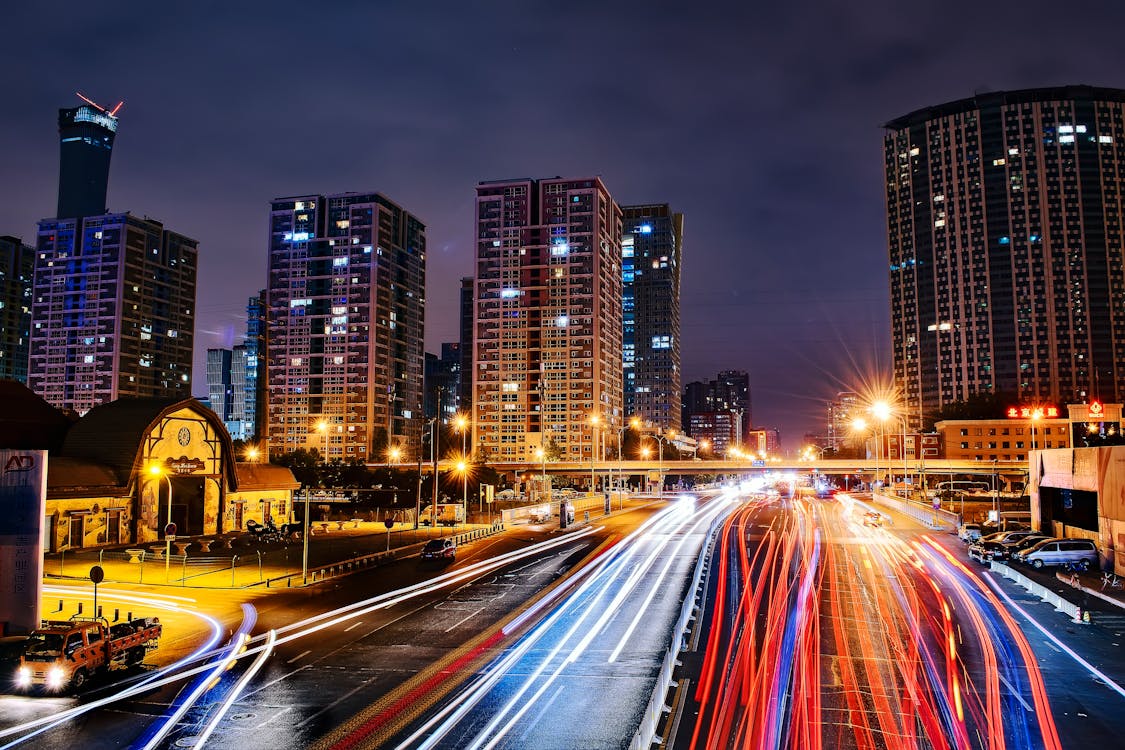The Solar Revolution
The emergence of solar lights has marked a profound turning point in the trajectory of urban illumination, reshaping the very foundation upon which cities build their lighting infrastructure. This transformative evolution draws its roots from a rich history of human innovation, illuminating a path forward that embraces sustainability, energy efficiency, and environmental stewardship.
The journey towards solar-powered lighting harks back to ancient civilizations that ingeniously harnessed sunlight to illuminate their dwellings. Thousands of years ago, civilizations such as the ancient Greeks and Romans utilized the architectural design of their buildings to optimize daylight penetration, minimizing the need for artificial lighting during daylight hours. This early understanding of how sunlight could be harnessed for illumination laid the groundwork for the solar lighting revolution we witness today.
Fast-forward to the late 19th century, when photovoltaic technology—the cornerstone of modern solar lighting—began to take shape. In 1839, French physicist Alexandre-Edmond Becquerel discovered the photovoltaic effect, unveiling the principle that sunlight could generate electric currents in certain materials. This discovery sowed the seeds of possibility, setting the stage for a future where solar energy could power not just small experiments, but entire cities.
As the 20th century progressed, significant advancements in solar cell technology were made, culminating in the creation of the first practical solar cell by Bell Labs researchers in 1954. This monumental achievement paved the way for the widespread use of solar energy in various applications, including lighting. However, it wasn't until the latter half of the 20th century that solar-powered lighting began to make its mark on urban landscapes.
Today, solar lights stand as a testament to decades of scientific research, technological innovation, and a growing global consciousness of environmental challenges. Unlike their predecessors—traditional lighting systems heavily reliant on fossil fuels—solar lights embody a paradigm shift, drawing upon the sun's boundless energy to generate electricity through photovoltaic cells.
The impact of this shift cannot be overstated. Solar lights offer an environmentally responsible alternative that reduces greenhouse gas emissions, mitigates air pollution, and contributes to the global effort to combat climate change. According to data from the International Renewable Energy Agency (IRENA), solar energy installations have witnessed exponential growth, with solar photovoltaic capacity increasing from just 50 megawatts in 2005 to over 580 gigawatts in 2020.
Moreover, the cost-effectiveness of solar lighting is increasingly evident. As solar technology continues to advance and manufacturing costs decrease, the initial investment in solar lighting systems becomes more affordable, yielding long-term savings in operational and maintenance costs. According to the United Nations Environment Programme (UNEP), the cost of solar photovoltaic panels has plummeted by nearly 90% over the past decade.
Benefits of Solar Lights in Urban Design
- Energy Efficiency: Solar lights reduce reliance on the power grid, significantly cutting down energy consumption and utility costs. This not only aids cities in achieving sustainability goals but also contributes to a greener and cleaner urban environment.
- Reduced Carbon Footprint: By utilizing clean and renewable energy, solar lights help cities decrease their carbon emissions, leading to improved air quality and a healthier populace.
- Minimal Infrastructure Impact: The installation of solar outdoor lights, solarize outdoor lights, solar lights, and solar garden lights requires less disruptive infrastructure work compared to conventional lighting systems, preserving the visual appeal and historical integrity of urban landscapes.
- Flexibility and Adaptability: Solar lights can be strategically placed in various urban settings, including parks, sidewalks, plazas, and pathways. Their wireless nature enables easy relocation, accommodating changing urban needs.
- Enhanced Safety and Security: Well-lit urban spaces are safer and more secure. Solar lights contribute to crime prevention by illuminating dark areas and promoting vibrant, active communities.
Challenges in Implementation
While the integration of solar lights holds immense promise, it's not without challenges:
- Initial Costs: While solar lighting systems offer long-term savings, the upfront investment can be higher than traditional systems. However, many cities are discovering that the long-term benefits outweigh the initial expenses.
- Weather Dependencies: Solar lights rely on sunlight for energy generation, which can pose challenges in regions with inconsistent or limited sunlight. Battery storage technology and efficient solar panel design are addressing this concern.
- Maintenance: Although solar lights require minimal maintenance compared to traditional lights, occasional cleaning and upkeep of panels and batteries are necessary to ensure optimal performance.
- Design Integration: Integrating solar outdoor lights, solarize outdoor lights, solar lights, and solar garden lights seamlessly into the urban landscape requires careful consideration of design aesthetics to maintain the city's overall visual appeal.
Exemplary Projects
Masdar City, Abu Dhabi: Nestled amidst the arid landscape of Abu Dhabi, Masdar City emerges as a beacon of sustainable innovation, a visionary urban development that has embraced the boundless potential of integrated solar lighting. A testament to Abu Dhabi's unwavering dedication to renewable energy, this cutting-edge city seamlessly intertwines the brilliance of the sun with urban design, casting a radiant glow upon its streets and public spaces.
Final Thoughts
The integration of solar lights into modern cityscapes, including solar outdoor lights, solarize outdoor lights, solar lights, and solar garden lights, represents a compelling evolution in urban design. As cities seek innovative solutions to address energy consumption, environmental impact, and aesthetic appeal, solar lights emerge as a beacon of hope. Despite challenges, the benefits of reduced energy consumption, lower carbon emissions, enhanced safety, and minimal infrastructure disruption make solar lighting a vital component of the sustainable cities of tomorrow. By embracing this transformation, urban planners and designers can illuminate their cities while preserving the planet for generations to come.




